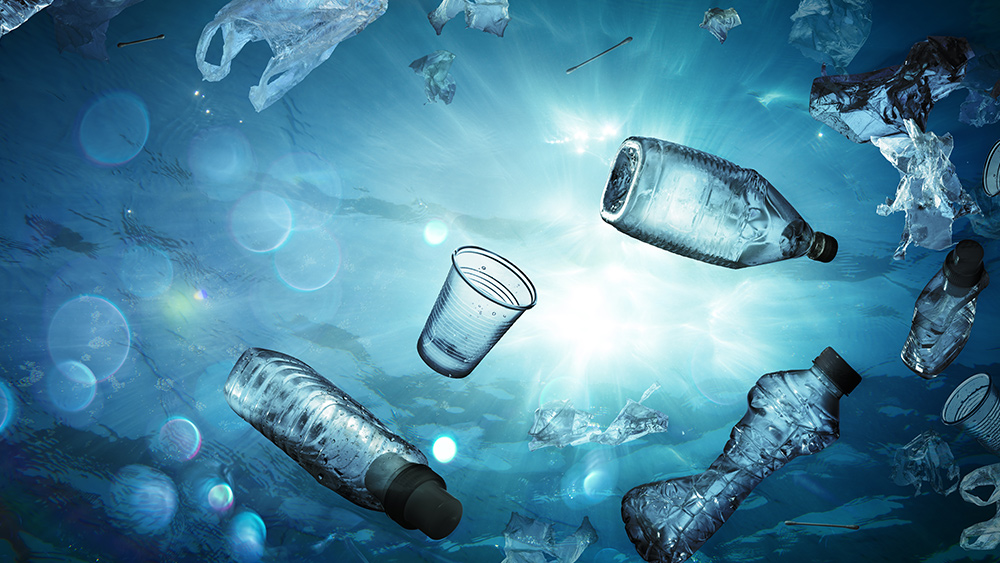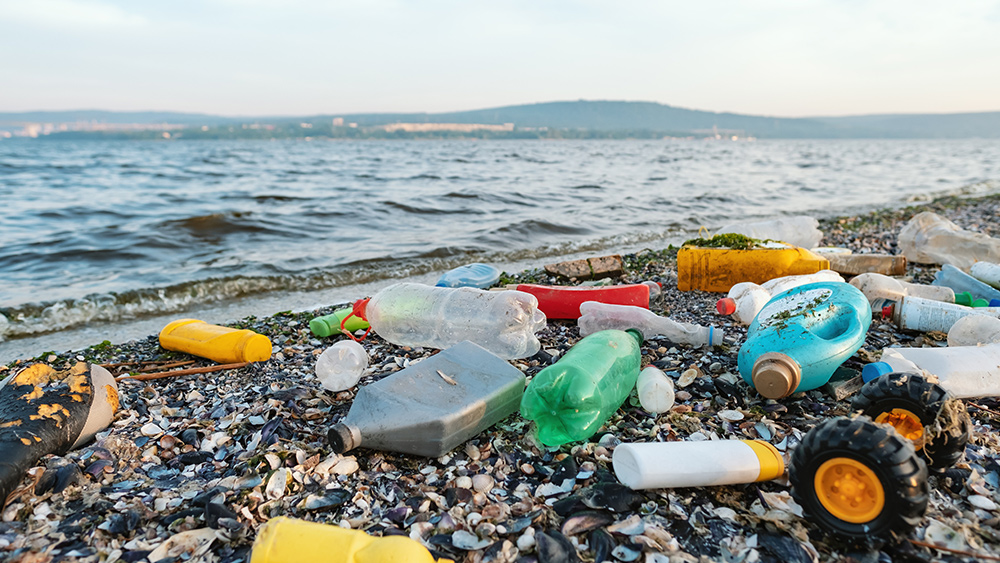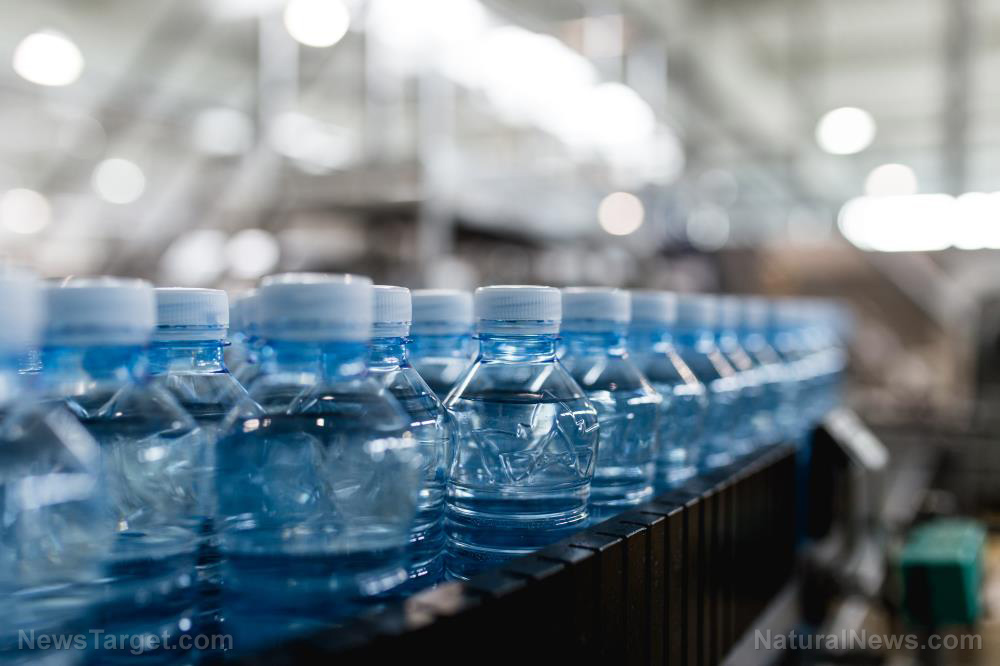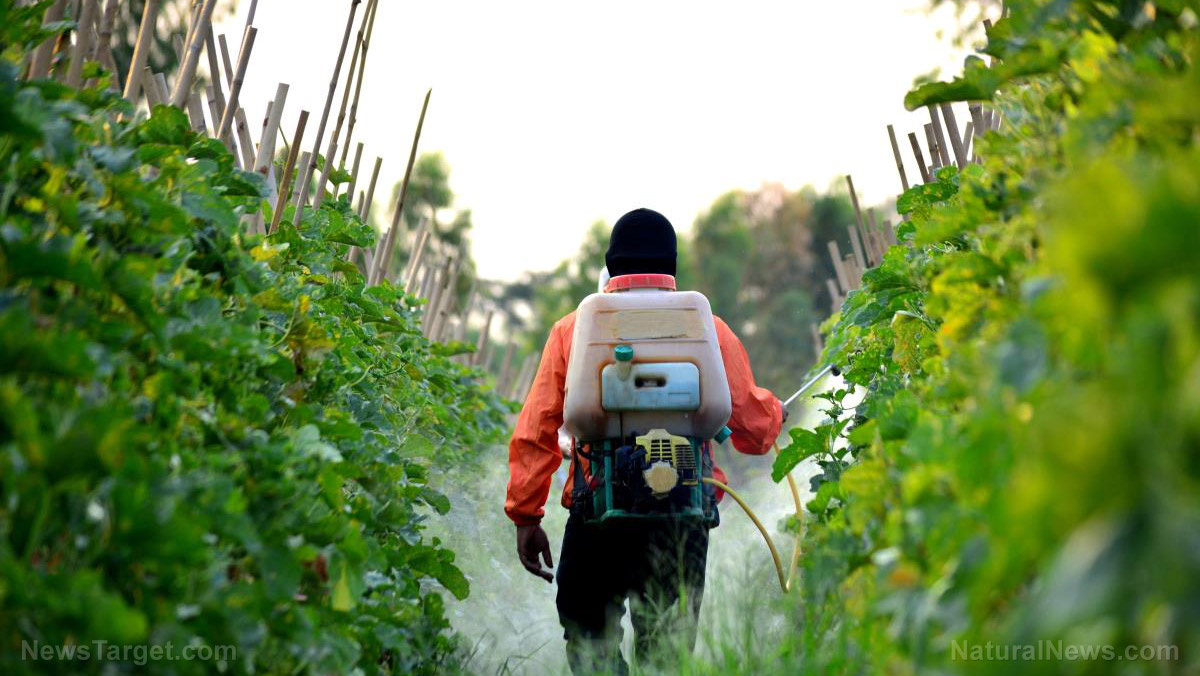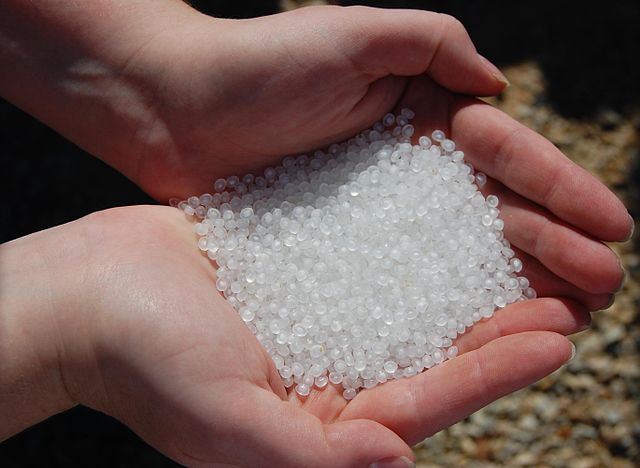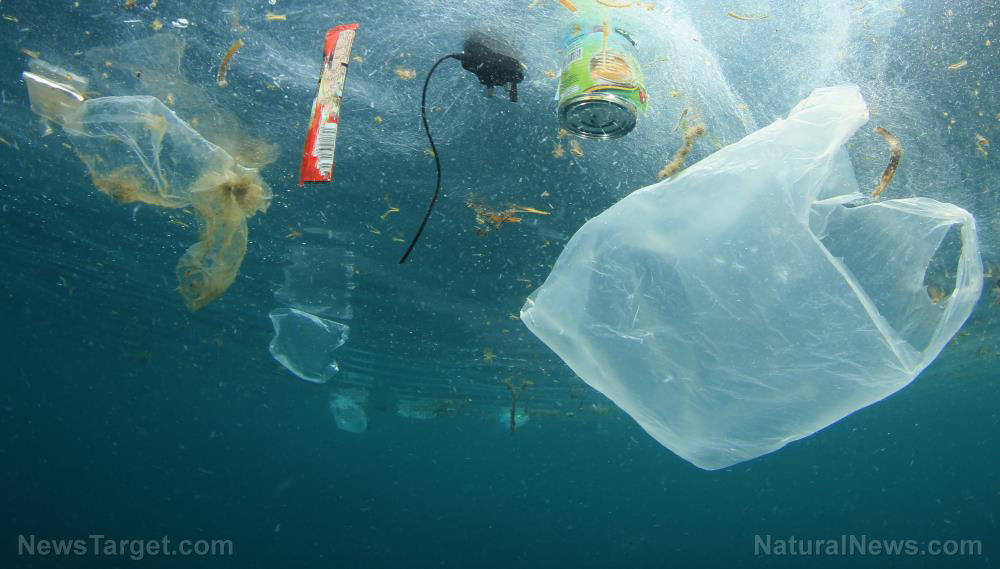Report: Plastic production set to TRIPLE by 2050, exposing many to toxic particles and chemicals
03/26/2023 / By Belle Carter
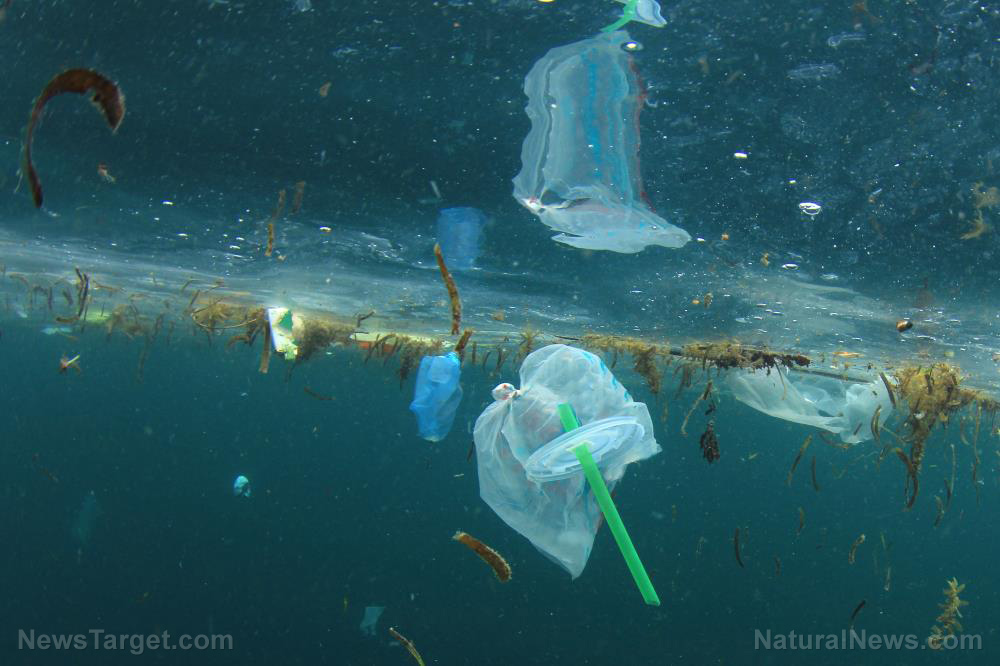
A report stated that manufacturing of plastics is set to triple by 2050, potentially exposing many to the hazardous chemicals used in and generated by their production.
The Minderoo-Monaco Commission on Plastics and Human Health (MMCPHH) indicated this in its report published in the Annals of Global Health. According to the report, the threefold increase of plastic production could expose many to dangerous chemicals.
Experts lauded the MMCPHH report as one of the most comprehensive to date – given that it collects shreds of evidence on the dangers of plastics to humans, the environment and the economy at every stage of their lifecycle.
“The world’s population has tripled since the 1950s, but production of plastics has increased over 70-fold in the same period. It now exceeds 460 metric tons per year, with 35 to 40 percent being the production of single-use items,” the report stated.
“Greatly reduced costs were associated with their mass production and led to a shift in plastic use away from predominantly durable goods to the dawn of a new era – disposable living – where for our convenience items made from a range of materials, including plastics, could be used just once.”
Pediatrician Dr. Philip Landrigan, the report’s lead author, said: “Plastic is not nearly as cheap as we thought it was. It’s just that the costs have been invisible.”
MMCPHH report says plastics harm all living things
Environmental Health News (EHN) wrote in an article about the report that plastic production has had proven risks to both the environment and the health of all living things. From extracting fossil fuels used as raw materials to processing these into final products, workers and surrounding communities are exposed to pollutants. These pollutants from the manufacturing process cause reproductive complications such as premature births and low birth weights, lung cancer, diabetes, asthma and much more.
Using plastic products also endangers people’s health by exposing them to toxic chemicals such as phthalates (linked to brain development problems in children) and bisphenol A (linked to heart attacks and neurological issues).
Even the disposal of plastics is equally problematic, as they dumped in growing landfills often found in poor nations. The MMCPHH report pointed out that “the thousands of chemicals in plastics … leach out, enter the environment, cause pollution and result in human exposure.
“Current practices for the production, use, and disposal of plastics cause great harms to human health and the global environment, and they are not sustainable,” the report said. It added that health-related costs resulting from plastic production amounted to more than $250 million in 2015. (Related: Worldwide plastic pollution expected to triple by 2060.)
MMCPHH – which consists of researchers from the Australian foundation Minderoo, the Scientific Center of Monaco and the Jesuit Boston College in Massachusetts – called for a cap on plastic production, a ban on single-use plastics and regulation of the toxic chemicals used in manufacturing plastic products.
Check out Products.news for more stories about plastics and their negative impacts on human health and the environment.
Listen to this episode of “Finding Genius Podcast” where Steve and Deonie Allen talk about how to address the world’s plastic crisis.
This video is from the Finding Genius Podcast channel on Brighteon.com.
More related stories:
Bans on plastic grocery bags are actually increasing plastic consumption, study finds.
Drowning in plastic: Hermit crabs are turning plastic waste into homes that are killing them.
Ireland to reduce plastic waste production by eliminating all single-use plastic.
Cut down your plastic footprint: 3 Ways to protect yourself from TOXIC plastic products.
Sources include:
Submit a correction >>
Tagged Under:
chemicals, environ, environment, manufacturing, plastic crisis, plastic production, plastic waste, plastics, poison, products, single-use plastics, toxic chemicals, Waste disposal
This article may contain statements that reflect the opinion of the author
RECENT NEWS & ARTICLES
Microplastics.News is a fact-based public education website published by Microplastics News Features, LLC.
All content copyright © 2018 by Microplastics News Features, LLC.
Contact Us with Tips or Corrections
All trademarks, registered trademarks and servicemarks mentioned on this site are the property of their respective owners.

